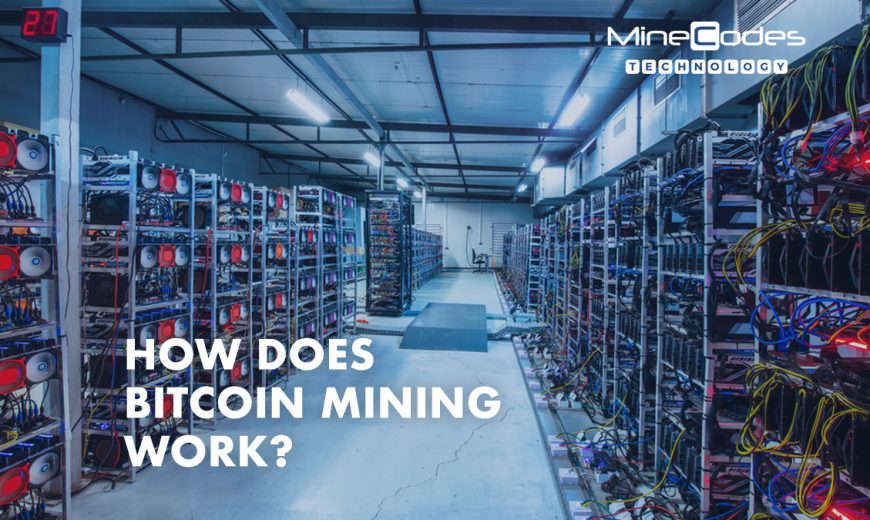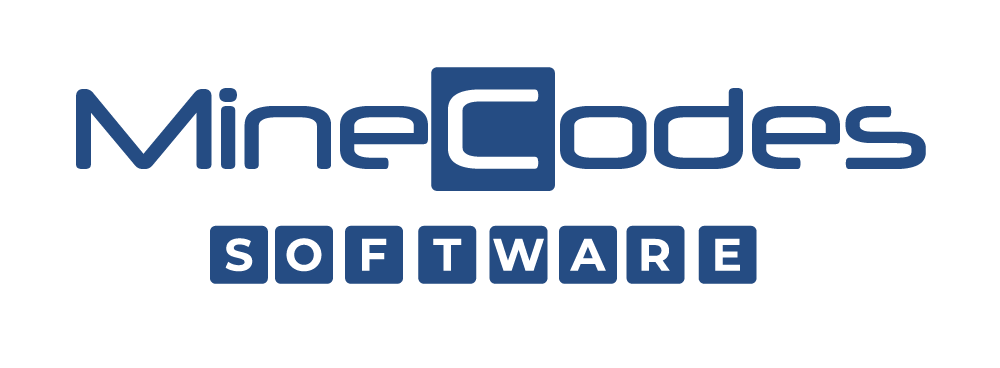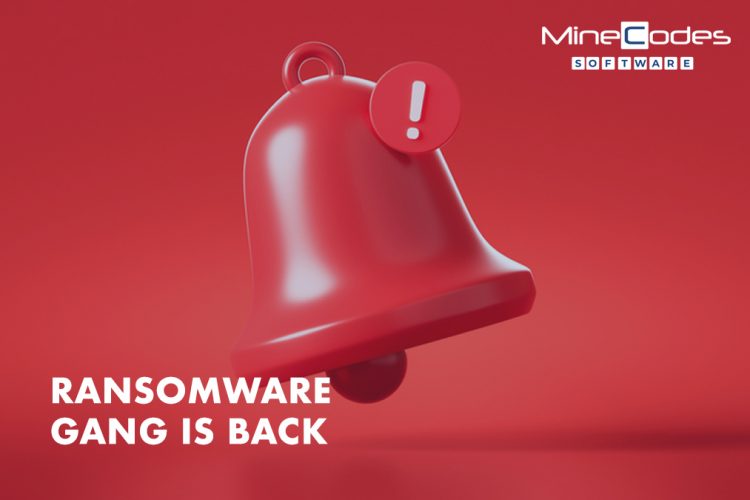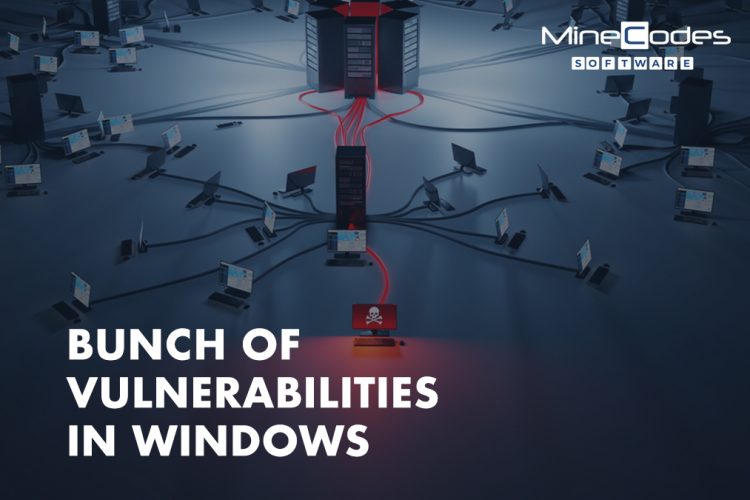
Bitcoin is a self-contained digital currency system. People can (and do) use it to buy real-world things at large businesses like Overstock.com and Expedia. It has no direct reference to any real-world currency and is not controlled by any government or centralized agency.
To ensure the security of these transactions, entities known as “miners” compete to solve mathematically difficult challenges. The miner who solves the problem correctly adds a “block” to Bitcoin’s blockchain and receives 6.25 bitcoins as a reward. A single bitcoin was worth more than $63,000 in October 2021, implying that each new block discovered was worth nearly $394,000.
Important Points to Remember
- A blockchain is a decentralized online ledger that keeps track of approved transactions (blocks) that are linked (chains) throughout a network.
- Bitcoin miners solve complex mathematical problems to add individual blocks to the blockchain, with the winner receiving a specified amount of bitcoins.
- Bitcoin mining is exceedingly complex, requiring expensive technology, a lot of electricity, and specialized software.
- The profitability of bitcoin mining is determined by the cost of power, yet it is most economical when miners pool their resources.
What is Bitcoin Mining?
The blockchain is the foundation of all mining. This is a decentralized online ledger that keeps track of transactions across a network. A “block” is a collection of approved transactions. The term “blockchain” comes from the fact that these blocks are linked together to form a “chain.”
A miner’s aim in the Bitcoin network is to add individual blocks to the blockchain by solving complex mathematical puzzles. This endeavor necessitates a tremendous amount of computing and electrical resources. While several miners compete to add each block, the miner who solves the challenge is the one who actually adds the block to the blockchain, along with its approved transactions. A reward of 6.25 bitcoins is given to this miner (the block reward is cut in half roughly every four years).
Mining as a Transaction Verifier
Two things must happen in order for bitcoin miners to earn money by confirming transactions. They must first validate one megabyte (MB) of transactions, which can be as small as one but are more typically thousands, depending on how much data each transaction stores.
Second, miners must solve a complicated computational math challenge known as a “proof of work” in order to add a block of transactions to the blockchain. They’re attempting to generate a 64-digit hexadecimal number, referred to as a “hash,” that is less than or equal to the target hash. Essentially, a miner’s computer throws out hashes at varying speeds depending on the unit—megahashes per second (MH/s), gigahashes per second (GH/s), or terahashes per second (TH/s)—guessing all possible 64-digit integers until they find one. To put it another way, it’s a risk.
As of August 2020, the most recent block has a difficulty level of more than 16 trillion. That means, a computer’s likelihood of creating a hash that is less than the objective is 1 in 16 trillion. To put that into perspective, you’re 44,500 times more likely to win the Powerball jackpot with a single lottery ticket than you are to correctly guess the hash on your first try. Fortunately, mining computer systems generate a large number of hash options. Nonetheless, bitcoin mining necessitates vast quantities of energy and complex processing procedures.
With the purpose of maintaining consistent mining rates, the difficulty level is modified every 2016 blocks, or about every 2 weeks. To put it another way, the more miners fighting for a solution, the more complex the challenge becomes—and the more expensive it becomes to create a new block of bitcoins. The converse is also true: removing processing power from the network lowers the difficulty, making mining simpler.
What Equipment Do I Require to Mine Bitcoin?
Every 14 days, Bitcoin adjusts the difficulty necessary to mine one block (or every 2,016 blocks mined). The overall objective is to keep the time it takes to mine one bitcoin to under ten minutes. Because Bitcoin has been around since 2009, its mining difficulty is now quite high, necessitating the use of resource-intensive, expensive gear.
Specialized mining hardware known as “application-specific integrated circuits,” or ASICs, is the first and most crucial piece of equipment required to mine bitcoin. The cost of a new ASIC device can range from several hundred dollars to $10,000, however the cost of mining gear is a fraction of the total cost. ASICs need a lot of power, and the cost of that power might soon outweigh the cost of the gadget that uses it.
To join the Bitcoin network, you’ll also need to pick Bitcoin mining software. This is a fraction of the cost of hardware. In truth, there are a plethora of free software solutions accessible.
All costs, including hardware, software, and power, must be included when determining the profitability of Bitcoin mining. You must also consider the present value of Bitcoin, which varies often, as well as any taxes you may owe.
Important: Mining each block takes about 10 minutes. Bitcoin’s mining difficulty will rise to bring the average per-block mining time back to 10 minutes if more power and resources are allocated to mining and the time required to mine one block falls under 10 minutes.
” This blog offers generic information. By no means, it is professional advice. The information aforementioned is believed to be factually correct. The information provided is solely based on the author’s judgment and is subject to change. This is not endorsed by any 3rd parties or other brands.“
#BitCoin #Cryptocurrency #Mining #Transactions
Article Credits –
thebalance.com



